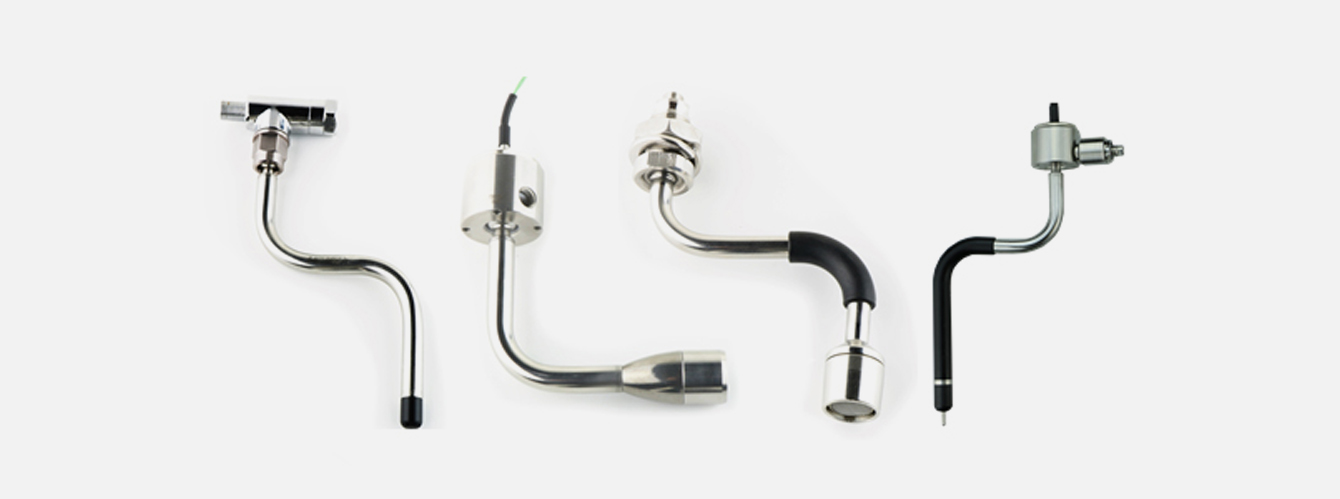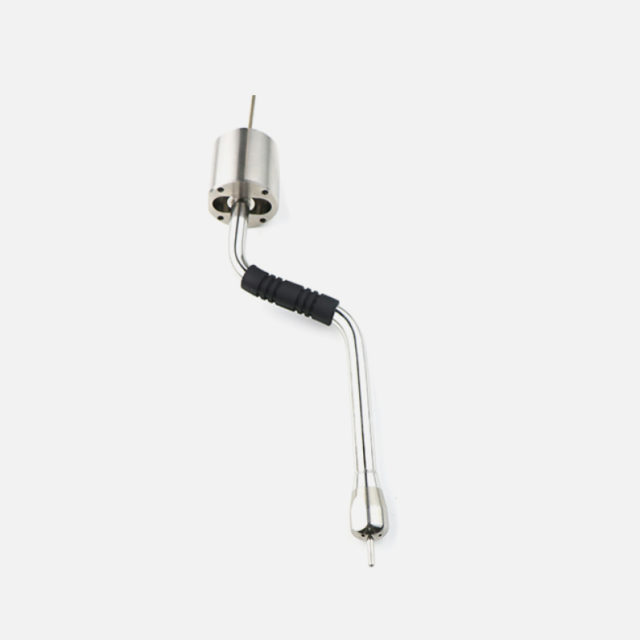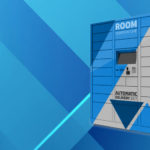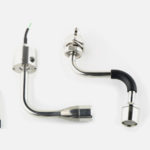The temperature sensor is an essential component of your coffee machine. It regulates the water temperature, ensuring optimum extraction of coffee aromas and the production of a perfect espresso. After analyzing competitor sites such as Italcoppie 1Fiyo 2 and Green Plantation 3and identified frequently asked questions, such as how to test a temperature sensor 4 and where to buy spare parts 5We've put together this comprehensive guide. It explores in detail the role, operation and different types of temperature probes for coffee machines. We'll also cover common failures, how to test a probe and where to get quality replacement parts.
What is a coffee machine temperature probe?
The temperature sensor is a device that measures the temperature of the water in the coffee machine. More precisely, it measures the electrical resistance, which varies with temperature, and transmits this information to the electronic board.6. The electronic board then uses this information to determine and regulate the water temperature, ensuring the ideal temperature for coffee extraction.5. Too high a temperature can burn the coffee and make it bitter, while too low a temperature can lead to under-extraction and bland coffee.5.
How does a temperature sensor work?
Most of the temperature sensors used in coffee machines are NTC thermistors (Negative Temperature Coefficient).8. Their electrical resistance varies with temperature: as temperature increases, resistance decreases.8. The coffee machine's electronic board measures this resistance and uses it to determine the water temperature.6.
To regulate the temperature of the heating element, the temperature sensor works in conjunction with a thermostat, which may be of the snap disc or capillary type.9. The snap disc thermostat, generally found in domestic coffee machines, has a fixed temperature setting. The capillary thermostat, on the other hand, uses a liquid-filled tube to detect temperature changes. When the desired temperature is reached, the thermostat cuts off power to the heating element.
Safety and protection against overheating
The coffee machines are equipped with a high-limit control, a crucial safety device that prevents the machine from overheating or burning out in the event of water shortage or heating element malfunction.9. This high-limit control is usually a snap disc thermostat or a thermal fuse.
Some top-of-the-range coffee machines feature a thermostat with a manual reset function.9. If the high-limit control triggers, the thermostat can be reset at the touch of a button, which may avoid the need to replace the thermostat.
Different types of temperature probes
There are various types of temperature probes for coffee machines, including :
Sensor type | Features | Applications |
Resistor-mounted probes | Attached directly to the resistor with thermal paste for improved conductivity6. | Water temperature control. |
Probes screwed to the boiler | Screw directly onto the boiler6. | Used on espresso machines. |
Manufacturers emphasize probe robustness and watertightness, using overmolded cable joints or injection-molded connectors.1.
Temperature sensor applications in coffee machines
Temperature sensors are used in various parts of coffee machines, including :
- Boilers : To monitor and regulate water temperature1.
- Infusion units : To measure water temperature at the extraction point1. Thermocouples can be integrated into a filter holder with strainer for precise measurement.
- Steam lances : To help baristas achieve the ideal temperature for frothing milk1.
- Hot water dispensers : To control water temperature1.
Customized temperature sensors
Some manufacturers offer the option of customizing temperature sensors, including boiler sensors and hot water lances, to specific parameters such as :
- Sensor tip shape 1
- Process connection thread 1
- Seal type 1
- Spear shape and curvature 1
- Ball-and-socket joint 1
- Foamer 1
- Heat protection 1
Why is temperature important for coffee extraction?
Water temperature is a crucial factor in coffee extraction. The ideal temperature for extracting an espresso is between 90 and 95°C.5. Below this range, the water won't be hot enough to extract all the coffee's aromas, which can result in a bland, under-extracted coffee. Above 95°C, the water risks burning the coffee, resulting in a bitter, unpleasant taste. Precise temperature control, provided by the temperature probe, ensures a consistent, flavorful espresso with a perfect crema.10.
Common temperature sensor faults
Temperature sensors can fail for a number of reasons, including :
- Water leak : Water leakage can damage the sensor and render it inoperative6.
- Overheating : Overheating the coffee machine can also damage the probe.6.
- Natural wear : Over time, temperature probes can wear out and become less accurate.
A faulty probe can lead to overheating and damage to other coffee machine components, which can be expensive to repair.11. It is therefore important to monitor the operation of the sensor and replace it if necessary.
How do I test a temperature sensor?
If you suspect that your coffee machine's temperature sensor is faulty, you can test it using a multimeter. Here's how to do it:
- Unplug the coffee machine for safety reasons6.
- Disconnect the probe from the circuit board. 6
- Set your multimeter to the ohmmeter position. 6
- Place the multimeter probe tips on both ends of the probe. 6
- Observe the value displayed by the multimeter. The value must correspond to the ohmic value of the probe at room temperature (approx. 25°C).6. If the value is zero, infinite or very different from the expected value, the sensor is probably faulty.11.
You can also test the probe by heating or cooling it and observing whether the ohmic value changes accordingly.
Feel free to browse our website to discover our selection of temperature probes and other spare parts for coffee machines.





